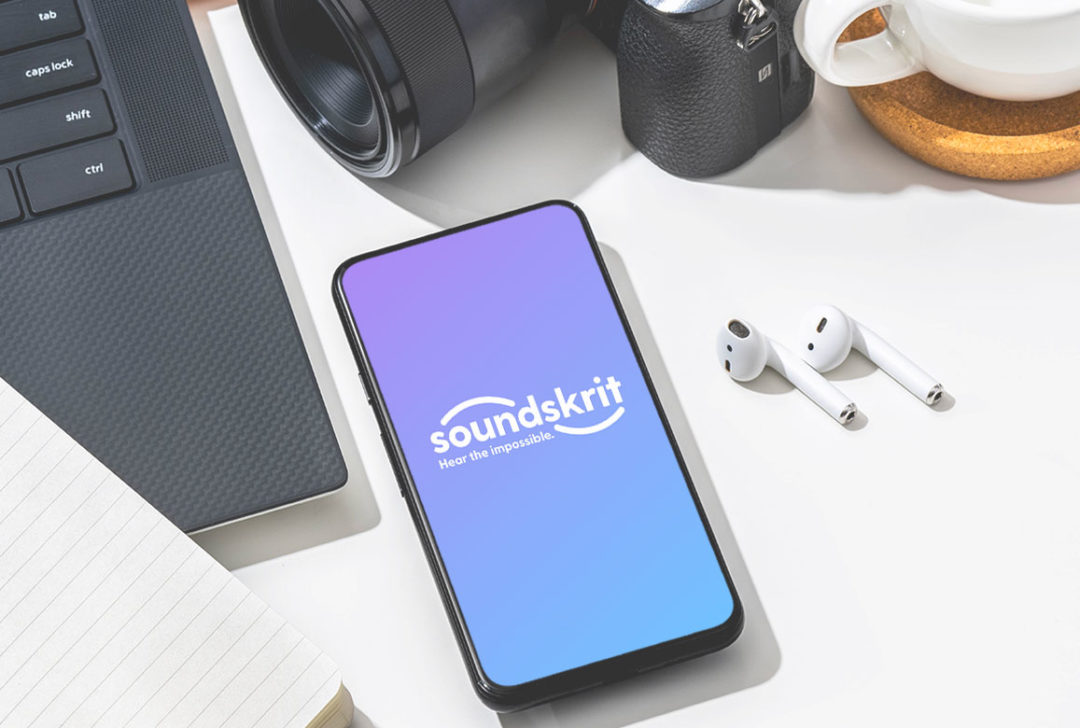
Application Notes
Soundskrit's directional microphones are fundamentally different from other MEMS microphones on the market. As such, the unique nature of these microphones must be considered when measuring, integrating, and developing with these microphones. We have obsessed over these details so you don't have to. Compiled in our app notes below is the knowledge we have amassed to ensure your products are the gold standard of consumer audio. If you have any additional questions about development or integration please reach out to us at [email protected]
Featured Application Notes
Creating a High SNR Beamformer
This document describes how to combine an omnidirectional and dipole microphone to create beamformers such as a hypercardioid with > 70 dB SNR.
76 dB SNR Supercardioid Boom Microphone
This design concept details how to build a 10 mm supercardioid boom microphone with 76 dB SNR. This document also includes designs for a circuit which can be used to ensure compatibility with existing passive headset circuitry.
Attributes of Directional MEMS Microphones
AN-110 walks through key attributes of Soundskrit's directional microphones such as directionality, SNR, acoustic path length, and more.